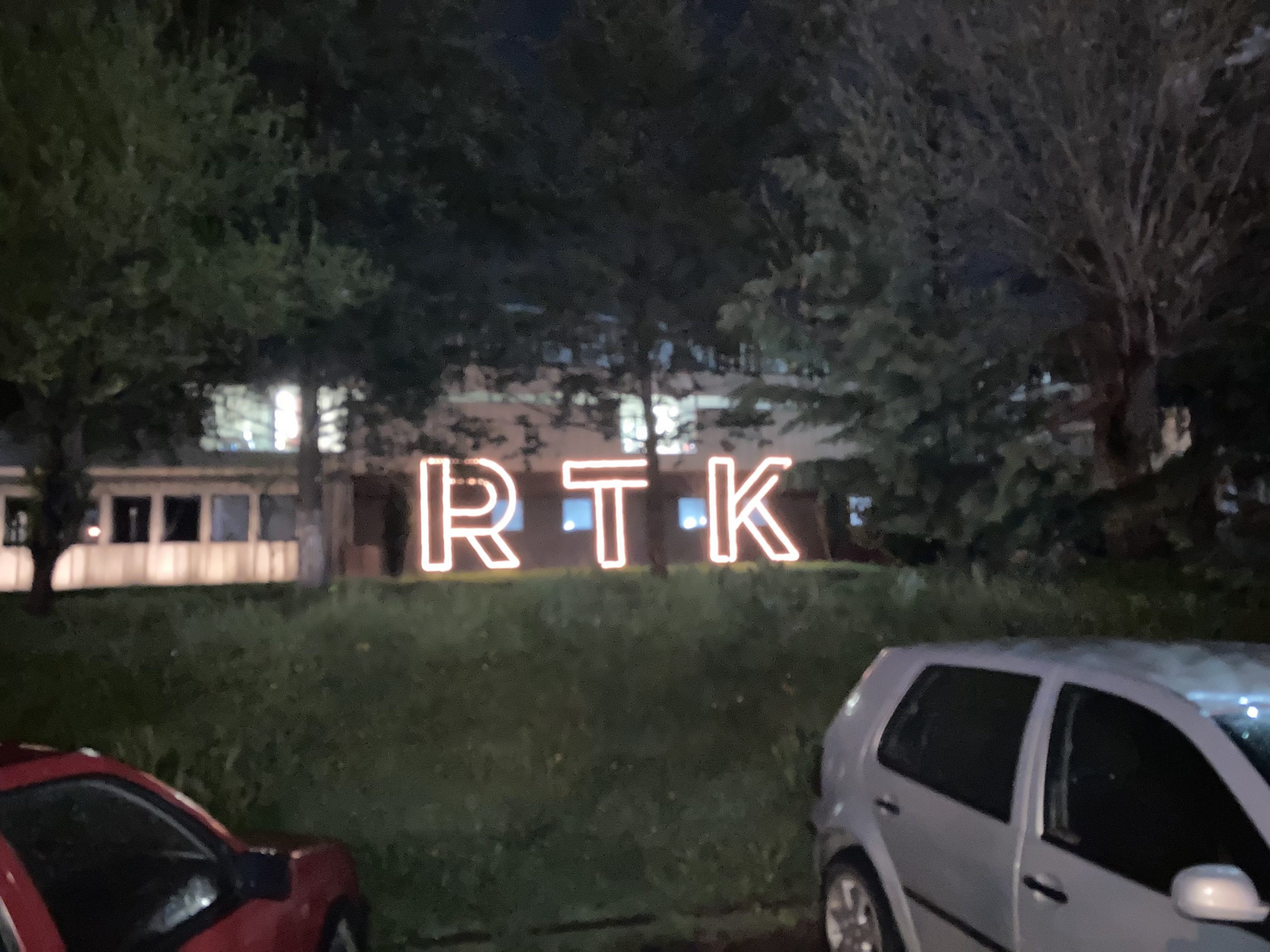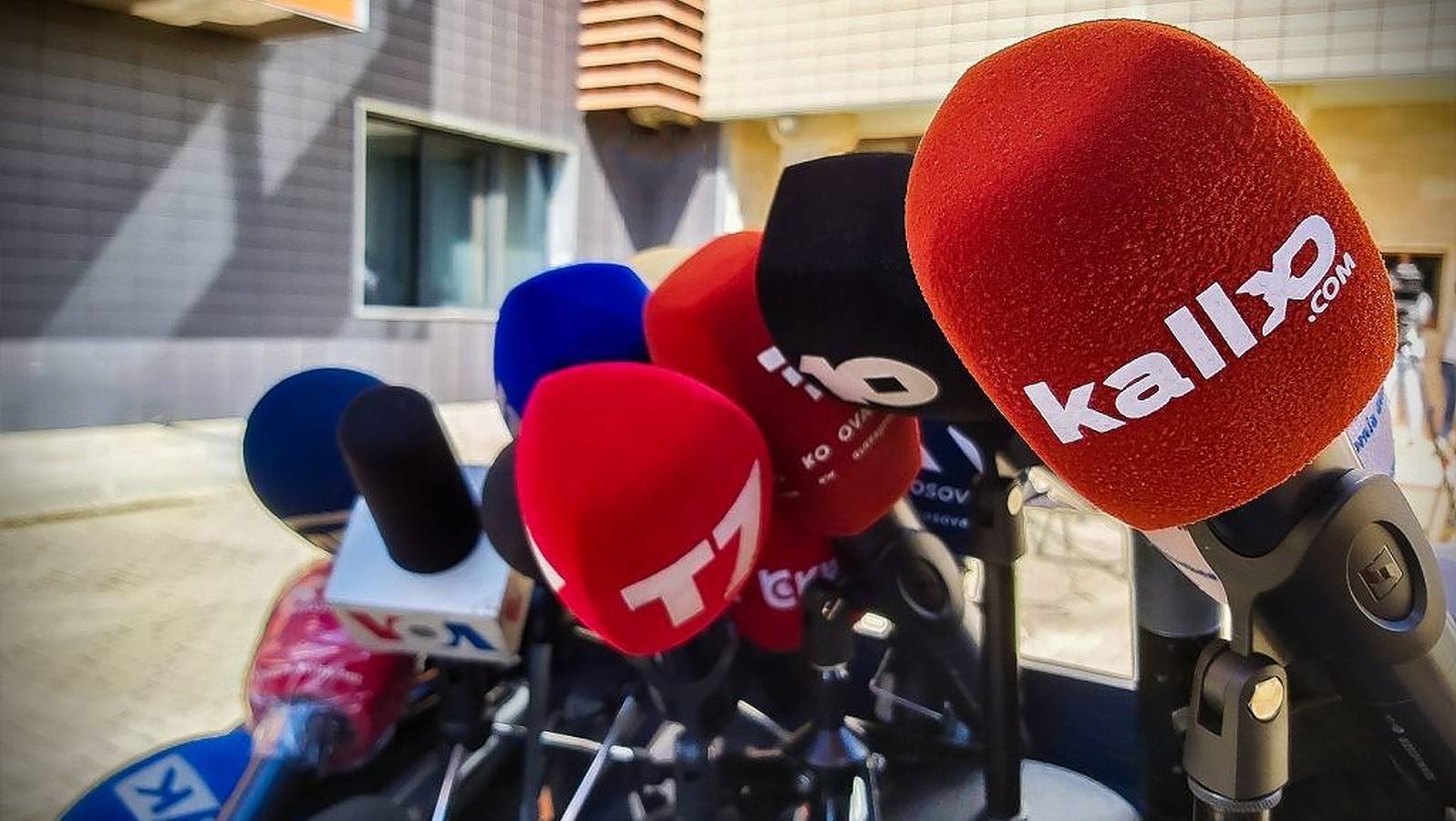Together, these pages cover 42 different parliamentary constituencies – i.e., 37 per cent of the country’s 106 constituencies. What these pages all have in common is that they invariably push pro-Fidesz narratives and that, despite a public database of Facebook ads that is designed to ensure transparency, it is impossible to know who exactly is behind them, who is maintaining them and – crucially – who is funding them.
This is adding to further worries about the free and fair nature of the April 3 election, which will pit Viktor Oban’s Fidesz against the joint six-party opposition, called United for Hungary, in what is expected to the closest election since 2010. Fears about the conduct of the 2022 election after 12 years of Fidesz rule has already led to OSCE election monitors being dispatched to Hungary – the first time Europe’s main security and rights watchdog will have conducted such extensive oversight of an election within an EU member state.
At the last Hungarian parliamentary election in 2018, the OSCE found that, “intimidating and xenophobic rhetoric, media bias and opaque campaign financing constricted the space for genuine political debate, hindering voters’ ability to make a fully-informed choice”.
Since then, little has improved. In the last four years, the state media has almost exclusively invited pro-government politicians to appear on its programs, while Hungary has fallen 19 places in Reporters Without Borders’ World Press Freedom Index.
What gives them away?
Taking the page “Nem is Jámbor” as an example, one might assume it is easy to spot similar pages, but that is not actually the case. Not all of these pages, for example, have been newly created. The oldest, “Otthonom Pécs” (literally, “Pécs is my home”), dates back to 2009, while most were created in 2017-18.
Furthermore, the pages’ aggregate of shared content, descriptions and titles are not always directed against a single figure of the opposition.
There are indeed a few pages that target an opposition parliamentary candidate in their very title. For example, one honed in on Bernadett Szél under the name “Ellenszél” (a pun based on the candidate’s name meaning “headwind”); another was called “Hiller István igazi arca” (literally, “The real face of István Hiller”). However, this tactic was uncommon among most of the pages we encountered.
More often, the page name refers to the area or perhaps a local landmark, such as “Vasi Srácok”, (“The Guys from Vas”), “Kaposvári Fricska” (“The Kaposvár Flick”), “A Tűztorony hangja” (“The Voice of the Fire Tower”, named after a landmark in Sopron), or “Tétény vezér” (referring to one of the Seven Chieftains of the Magyars and the 22nd district of Budapest).
Often, the name isn’t even directly related to any particular constituency, like “Csak Szólok” (literally, “I’m just saying”) or “A szomszédja már tudja – Ön is tudja meg” (literally, “Your neighbour already knows – You should know too”).
There are pages that are more concerned with generally bashing the opposition in their posts and often re-share content created by pro-government influencers aligned with government-allied organisations like Megafon Center or Aktuális Media, but there are also examples where, on the face of it, everything posted appears to simply be local pro-Fidesz news.
However, what ties the less obvious examples of attack pages to our first blatant example is that most, if not all, the Facebook ads on these pages over the last few months strive to discredit the opposition candidate of a particular constituency. Thus, the already well-documented campaign tactics on Facebook using a jumble of pro-Fidesz narrative and local attacks is now combining with another, lesser-known phenomenon of targeting individual candidates on Facebook pages, especially using paid ads.
It is important to note that while opposition-supporting groups also advertised heavily during the election campaign period, spending an average of half a million forints a month on their Facebook pages targeting the provinces, neither the pages themselves nor their ads were aimed directly at discrediting the government candidate of the area.
What’s the point?
Politicians and pundits alike have been arguing for some time that the key battleground of the 2022 election campaign would be Facebook.
The number of Facebook users in Hungary totalled 7.29 million as of February, making this social media platform by far the most widely used in the country. Alarmed by the power of Big Tech, government media allies attempted to create an alternative platform to deliver their messaging, but Hundub, the self-developed, conservative “safe space” that was supposed to replace the so-called ‘censoring’ Facebook, went out of business after just six months of operation and its owner was subject to enforcement proceedings by the tax authorities.
As research shows, several factors persuaded Fidesz’s communication advisors in 2021 to turn back to Hungary’s most popular social media platform to implement a centralisation strategy similar to the one the party carried out in the traditional news media segment since coming to power in 2010.
Although campaign spending in Hungary is capped by law, in practice this has no impact on platforms that are not officially linked to any parties or politicians. Consequently, the political sphere has almost completely outsourced online campaigning to a grey area, regardless of which side we are talking about. But if larger, well-established websites are already pumping out party political propaganda, what is the point of producing pro-Fidesz content specifically for smaller groups of followers, mostly ranging from a few hundred to several thousand?
If the focus of these projects was to build up a following, it could be argued that it is easier to engage locals directly rather than, say, for a broader propaganda page to target a nationwide audience. Some of the pages that are active in the smear campaigns also seem to be trying to exploit or build a kind of local identity in a way that is resolutely directed against the opposition alliance United for Hungary. However, this turned out to be rare among the pages that we came across, just as it is rare for defamatory pages to focus explicitly on addressing local issues. If the usual tactics of alarmism about the danger of the left or the drumming of pro-Fidesz messages were involved, they were simply adapted to the character, name or work of the opposition politician in question.
However, experts say there is a clear advantage in putting a local focus on paid advertising on these Facebook pages. Since the crosshairs of Facebook ads can be skilfully adjusted based on the geographic location of users, even with small amounts of money these pages can effectively engage potential – and, thus, impressionable – voters of particular opposition politicians.
How much spent in the last month?
The total spending of around 11 million forints (almost 30,000 euros) on these defamatory sites between February 17 and March 18 pales in comparison to the 1.2 billion forints (more than 3.2 million euros) that was spent to win over Hungarian voters on Facebook during the first month of the official campaign period. But considering how much easier it is to target a particular constituency with campaign messages, it is certainly surprising that, of the pages identified by BIRN/Telex as campaigning against an opposition candidate, 26 had a monthly expenditure of over 100,000 forints (more than 250 euros) and seven had a monthly expenditure of over 500,000 forints (more than 1,300 euros). These amounts would be sufficient for advertising targeted at the entire population of Hungary, not just at single constituency areas.
During this period the page “V-Akták” spent the most on Facebook ads at 1.6 million forints (almost 4,300 euros), but “Öreg Huszár” also spent over 1 million forints (almost 2,700 euros).










 Krenare Sogojeva Dermaku, Kosovo Privacy Commissioner. Photo: BIRN
Krenare Sogojeva Dermaku, Kosovo Privacy Commissioner. Photo: BIRN









